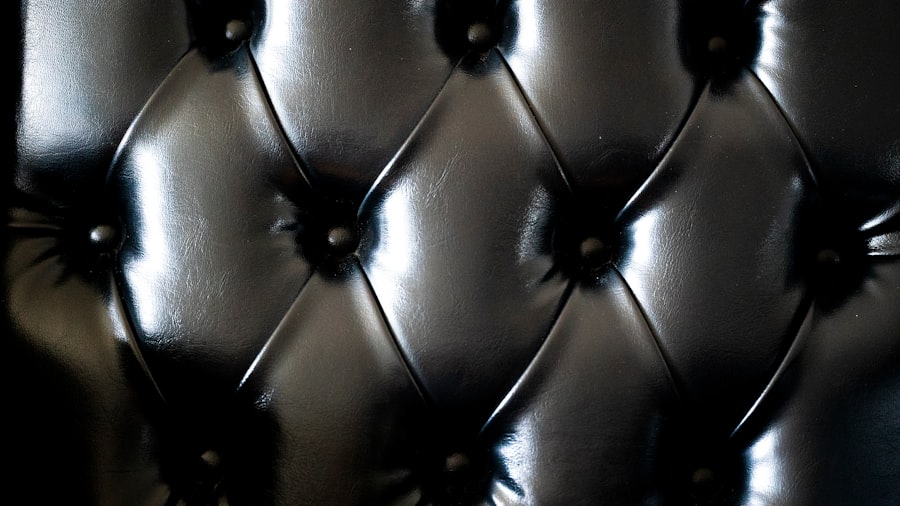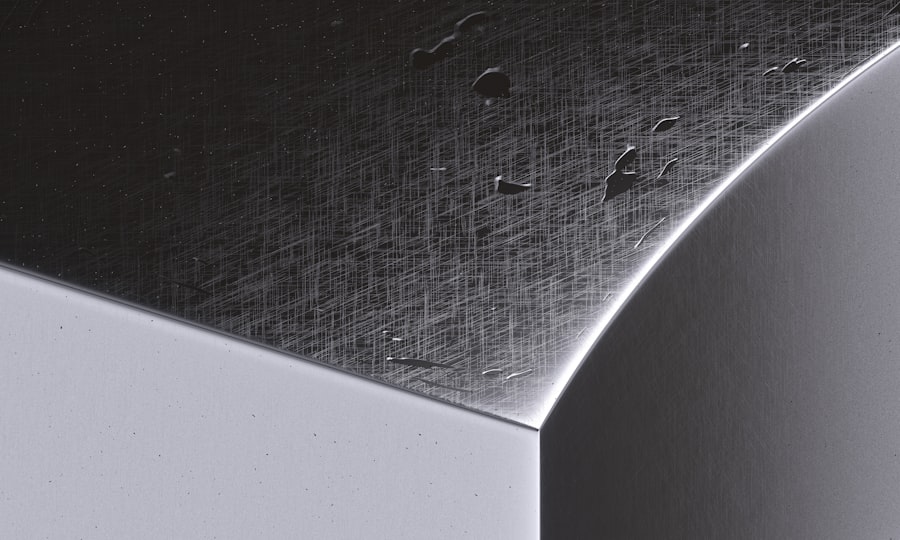International Aerospace Coatings Inc (IAC) stands as a pivotal player in the aerospace industry, specializing in the development and application of high-performance coatings for aircraft. Founded with the vision of enhancing the longevity and aesthetic appeal of aircraft, IAC has grown to become a trusted name among airlines, manufacturers, and maintenance organizations worldwide. The company’s extensive portfolio includes a variety of coatings designed to meet the rigorous demands of aviation, from protective finishes that withstand harsh environmental conditions to vibrant colors that enhance visibility and branding.
With a commitment to innovation and quality, IAC has established itself as a leader in the aerospace coatings sector. The company operates multiple facilities across the globe, each equipped with state-of-the-art technology and staffed by skilled professionals dedicated to delivering superior products and services. This global presence not only allows IAC to cater to a diverse clientele but also positions it strategically to respond to the evolving needs of the aerospace market.
As the aviation industry continues to expand, the role of high-quality coatings becomes increasingly critical, making IAC’s contributions all the more significant.
Key Takeaways
- International Aerospace Coatings Inc specializes in advanced, high-quality aircraft coatings essential for durability and performance.
- The company leads in innovative coating technologies that enhance aircraft protection and efficiency.
- Environmental sustainability is a core focus, with efforts to reduce the ecological impact of aerospace coatings.
- International Aerospace Coatings Inc is committed to sustainable practices and advancing eco-friendly solutions.
- With a global presence, the company significantly influences the future trends and standards in aerospace coatings.
The Importance of High-Quality Aircraft Coatings
High-quality aircraft coatings are essential for several reasons, primarily focusing on protection, performance, and aesthetics. Aircraft are subjected to extreme conditions, including fluctuating temperatures, UV radiation, and corrosive elements such as saltwater and pollutants. A robust coating system acts as a barrier against these environmental stressors, significantly extending the lifespan of an aircraft’s exterior.
For instance, coatings that incorporate advanced polymer technologies can provide superior resistance to abrasion and chemical exposure, ensuring that aircraft remain operational and visually appealing over time. Moreover, the performance of an aircraft can be directly influenced by its surface coatings. Aerodynamic efficiency is paramount in aviation; therefore, coatings that reduce drag can lead to improved fuel efficiency and overall performance.
For example, IAC’s specialized coatings are designed not only to protect but also to enhance aerodynamic properties, contributing to lower operational costs for airlines. Additionally, the aesthetic aspect cannot be overlooked; a well-maintained exterior with vibrant colors can enhance brand identity and customer perception. Airlines invest significantly in their livery designs, making high-quality coatings a crucial element in maintaining their image.
International Aerospace Coatings Inc’s Innovative Coating Technologies

Innovation is at the heart of International Aerospace Coatings Inc’s operations. The company continually invests in research and development to create cutting-edge coating technologies that address the specific needs of the aerospace industry. One notable advancement is the development of eco-friendly coatings that do not compromise on performance.
These coatings utilize water-based formulations that reduce volatile organic compounds (VOCs), aligning with global environmental regulations while still providing exceptional durability and protection. In addition to eco-friendly options, IAC has pioneered the use of nanotechnology in its coatings. Nanostructured materials can enhance properties such as scratch resistance and self-cleaning capabilities.
For example, IAC’s nano-coatings can repel water and dirt, reducing maintenance requirements and improving the overall appearance of aircraft. This innovative approach not only benefits airlines by lowering maintenance costs but also contributes to sustainability efforts by minimizing the need for harsh cleaning chemicals.
The Environmental Impact of Aircraft Coatings
| Metric | Description | Typical Value/Range | Environmental Impact |
|---|---|---|---|
| VOC Emissions | Volatile Organic Compounds released during coating application | 200-400 g/L | Contributes to air pollution and smog formation |
| Coating Weight | Amount of coating applied per aircraft surface area | 50-150 g/m² | Impacts fuel efficiency due to added weight |
| Fuel Efficiency Improvement | Reduction in fuel consumption due to aerodynamic coatings | Up to 2-3% | Reduces greenhouse gas emissions |
| Coating Durability | Time between reapplications | 3-7 years | Longer durability reduces waste and resource use |
| Heavy Metal Content | Presence of metals like chromium or lead in coatings | Typically < 0.1% | Potential soil and water contamination if not managed |
| Waste Generated | Amount of hazardous waste from coating removal and application | 5-10 kg per aircraft repaint | Requires proper disposal to avoid environmental harm |
The environmental impact of aircraft coatings is a critical consideration in today’s aviation landscape. Traditional solvent-based coatings often contain high levels of VOCs, which can contribute to air pollution and pose health risks to workers involved in the application process. As awareness of environmental issues grows, regulatory bodies have implemented stricter guidelines governing the use of such materials.
Consequently, companies like International Aerospace Coatings Inc are under increasing pressure to develop sustainable alternatives that meet both performance standards and environmental regulations. The shift towards more sustainable coating solutions is not merely a response to regulatory demands; it reflects a broader commitment within the aerospace industry to reduce its carbon footprint. By adopting water-based or low-VOC coatings, IAC is helping airlines minimize their environmental impact while still ensuring that aircraft are protected against corrosion and wear.
Furthermore, these advancements contribute to a circular economy by promoting the use of recyclable materials in coating formulations, thereby reducing waste and encouraging responsible consumption practices.
International Aerospace Coatings Inc’s Commitment to Sustainability
International Aerospace Coatings Inc has made sustainability a cornerstone of its business strategy. The company recognizes that its operations have a direct impact on the environment and is dedicated to minimizing this footprint through various initiatives. One significant aspect of this commitment is the continuous improvement of its manufacturing processes to reduce energy consumption and waste generation.
By implementing lean manufacturing principles and investing in energy-efficient technologies, IAC aims to create a more sustainable production environment. Additionally, IAC actively engages with stakeholders—including customers, suppliers, and regulatory agencies—to promote sustainable practices throughout the supply chain. This collaborative approach ensures that sustainability is not just an internal goal but a shared responsibility across the industry.
The company also participates in various industry forums focused on sustainability in aviation, contributing its expertise and insights to help shape best practices for environmentally responsible coating solutions.
The Future of Aircraft Coatings: Advancements and Trends

The future of aircraft coatings is poised for significant advancements driven by technological innovation and changing market demands. One emerging trend is the integration of smart technologies into coating systems. These smart coatings can monitor their own condition and provide real-time data on wear and degradation, allowing for proactive maintenance strategies that can reduce downtime and operational costs for airlines.
Another trend is the increasing focus on lightweight materials in coating formulations. As airlines strive for greater fuel efficiency, there is a growing demand for coatings that do not add unnecessary weight to aircraft structures. Innovations in lightweight polymers and composite materials are being explored to create coatings that maintain protective qualities while minimizing weight.
This shift not only enhances fuel efficiency but also aligns with broader industry goals aimed at reducing greenhouse gas emissions.
International Aerospace Coatings Inc’s Global Reach and Impact
International Aerospace Coatings Inc has established a formidable global presence that enables it to serve clients across various regions effectively. With facilities strategically located in key markets such as North America, Europe, and Asia-Pacific, IAC can respond swiftly to customer needs while maintaining high standards of quality and service. This global reach allows the company to tap into diverse markets and adapt its offerings based on regional requirements and preferences.
The impact of IAC extends beyond mere commercial success; it plays a vital role in supporting the growth of the aerospace industry worldwide. By providing high-quality coatings that enhance aircraft performance and longevity, IAC contributes to safer and more efficient air travel. Furthermore, its commitment to sustainability resonates with airlines looking to improve their environmental performance, thereby influencing industry standards and practices on a global scale.
International Aerospace Coatings Inc’s Role in Shaping the Aerospace Industry
International Aerospace Coatings Inc stands at the forefront of innovation within the aerospace coatings sector, playing an integral role in shaping industry standards and practices. Through its commitment to high-quality products, sustainability initiatives, and cutting-edge technologies, IAC not only meets the current demands of the aviation market but also anticipates future trends that will define the industry landscape. As airlines continue to prioritize efficiency, safety, and environmental responsibility, IAC’s contributions will be crucial in navigating these challenges while enhancing the overall performance of aircraft worldwide.




